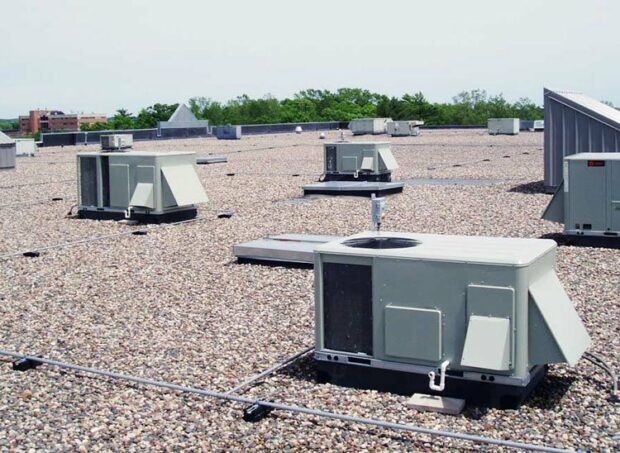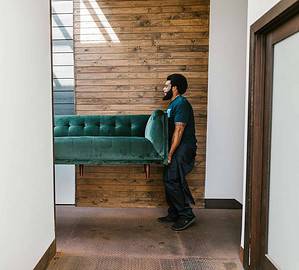The built-up roof or BUR is one of the most popular choices of roofing for commercial properties, and for good reason.
Built-up roofing offers incredible insulation and durability with little to no maintenance requirements. Moreover, a built-up roof can last far longer than other types of roofing.
However, just like everything else, built-up roofs have a finite lifespan. Once this time has passed, property owners (or occupants) may start running into problems with their roof.
The worst part is, roof-related problems usually make themselves apparent when they have grown into time consuming and expensive issues.
If you want to avoid getting expensive repairs done to your roof, the trick is to conduct regular inspections to identify emerging problems and nib them in the bud before they grow.
If you don’t know what the common signs of roof problems look like, this article is for you.

The next time you inspect the roof of your commercial property, look out for the following signs of roof problems:
Cracks
Over time, the asphalt material used on your roof may shrink because of extended exposure to natural elements.
This phenomenon often leads to the development of small cracks on the surface of the roof. If you notice these cracks, congratulate yourself because you have just identified a problem in its initial stages. At this stage, the problem can be fixed by simply recoating the cracks.
To ensure the cracks are filled properly, make sure you contact a professional roofing contractor.
Cracks that are not filled properly or those that are left unattended can evolve into splits in the membrane of the roof. Fixing such splits is neither easy nor affordable.
Water Pooling
While built-up roofs are flat, most are not perfectly flat. Even if they are, over time, the roof materials may undergo small changes, some may expand, others may contract. As a result, over time, the entire roofing can shift and become ever-so-slightly uneven.
When this happens, the roof surface starts collecting water in small pools formed in dips and divots. Now, most roofs are designed to withstand water damage.
However, the prolonged presence of these pools can result in the water seeping into the inner layers of your roof and causing damage.
For this reason, if you spot pools of water on your roof, make sure you get rid of the water as soon as possible.
Blistering
Blisters on the roof surface mostly become visible on hot days when the sunshine is bright and intense. The size of these blisters can vary but it’s usually small (size of a coin) in the initial stages.
These blisters are usually soft (easily torn with foot traffic) and are filled with water. Although, in some cases, the blisters on roofs may be filled with air.
Blisters on your roof are usually an indication of water damage. It can happen for a number of reasons. A bad insulation job, insufficient ventilation, or the presence of too much moisture during roof installation are some of the most common reasons behind built-up roof blisters.
If left unfixed, these blisters can eventually pop and leave areas of your roof unprotected from the elements of the weather. When that happens, even the interiors of your building may be unprotected from water damage and loss of insulation.
For these reasons, blisters on the surface of your roof should be treated as a serious problem and should be dealt with as soon as possible.
Conclusion
Roofs are designed to be robust and long-lasting. While the longevity of a roof is largely decided by the workmanship and the materials used, even property owners have a role to play in maximizing the lifespan of a commercial roof.



